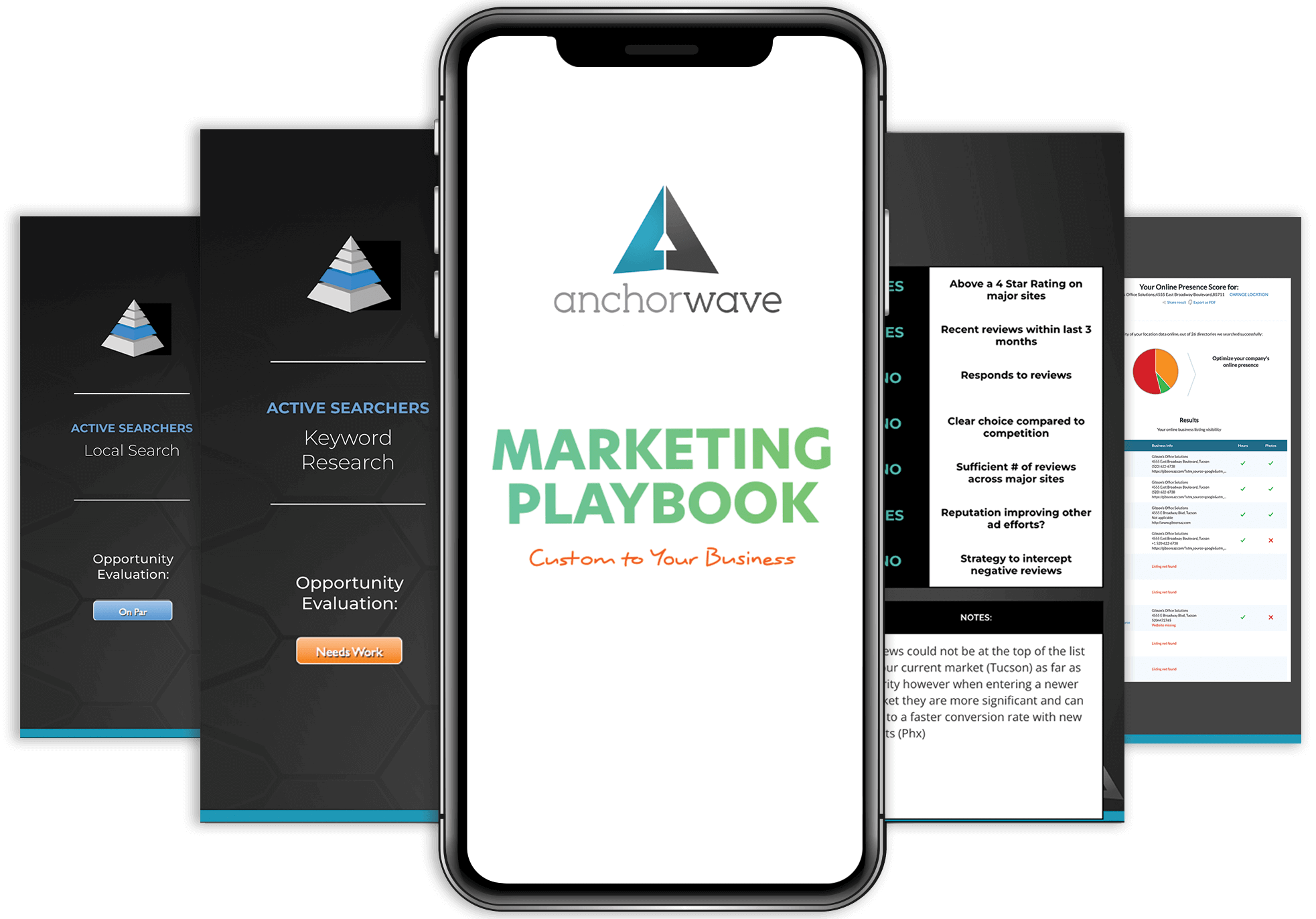In a world where consumers are constantly surrounded by marketing messaging, it can be challenging to stay at the top of your clients’ minds. Email marketing can help you cut through the noise and stay connected with your existing clients, as well as with people who’ve interacted with your brand before by visiting your website or following you on social media.
An email newsletter may be sent weekly, biweekly, or monthly, depending on how much news you have to share with your target audience, along with your marketing budget allocated to invest in newsletter marketing. Regardless of the exact frequency you choose for newsletter communication, remember that consistency is key.
Think email marketing is dead? Think again!
If you’re thinking to yourself, “isn’t email marketing yesterday’s news?”, consider the following facts from HubSpot:
- 33% of marketers send weekly emails and 26% send emails multiple times per month.
- 77% of marketers have seen an increase in email engagement over the last 12 months.
- Smartphone users (a.k.a most people) prefer to receive brand communication via email.
Think about how often you check your inbox daily, and how many of your emails are from different brands you’ve purchased from or considered purchasing from in the past. Now think about how many of those emails have driven you to make a purchase or at least revisit a brand’s website. In essence, this is the power of a consistent email marketing campaign.
Email remains an effective means of grabbing users’ attention and driving sales. In fact, email marketing has one of the highest ROIs of any marketing strategy, averaging a return of $36 for every $1 spent. Although it may be easy to write off email marketing as an outdated approach to digital marketing, it remains at the cutting edge of directly and personally connecting with clients online.
What should you write in an email newsletter?
Now that you know the value of email marketing, it’s time to talk about content. After all, email newsletters only work if they deliver something of value to readers. Therefore, monthly or weekly specials are a cornerstone of an effective email newsletter. If readers can expect to access exclusive discounts or special offers when they open your emails, they are much less likely to ignore those messages—or worse, click the “unsubscribe” button.
While email newsletters should offer something to recipients, they should also not just be fluff. One of the most important functions of email marketing is to keep people interested in your brand, so engaging language that includes relevant news and updates, alerts for upcoming local events, and maybe even a touch of humor can drastically help your emails (and brand) stick in the mind of potential customers the next time they think of your industry.
How to Build Your Email Contact List
As you dive into email marketing, building your contact list is a critical step for maximizing results. You should never purchase a contact list or solicit leads that have not provided their email address directly to you; that’s a quick way to end up in the spam folder and see a high rate of unsubscribes. Instead, build your contact list organically by creating a bevy of opportunities for users to leave their contact info with you on your website and social media pages. Offering a downloadable resource – or lead magnet – in exchange for user emails can drive up email subscriptions and boost your brand authority.
With Anchor Wave, you can build an effective email marketing strategy, beginning with the creation of an enticing lead magnet as part of your MarketingHub website design. Learn more about how MarketingHub and our other digital marketing tools can help your business go further by reaching out to our team for a quick strategy call today.

